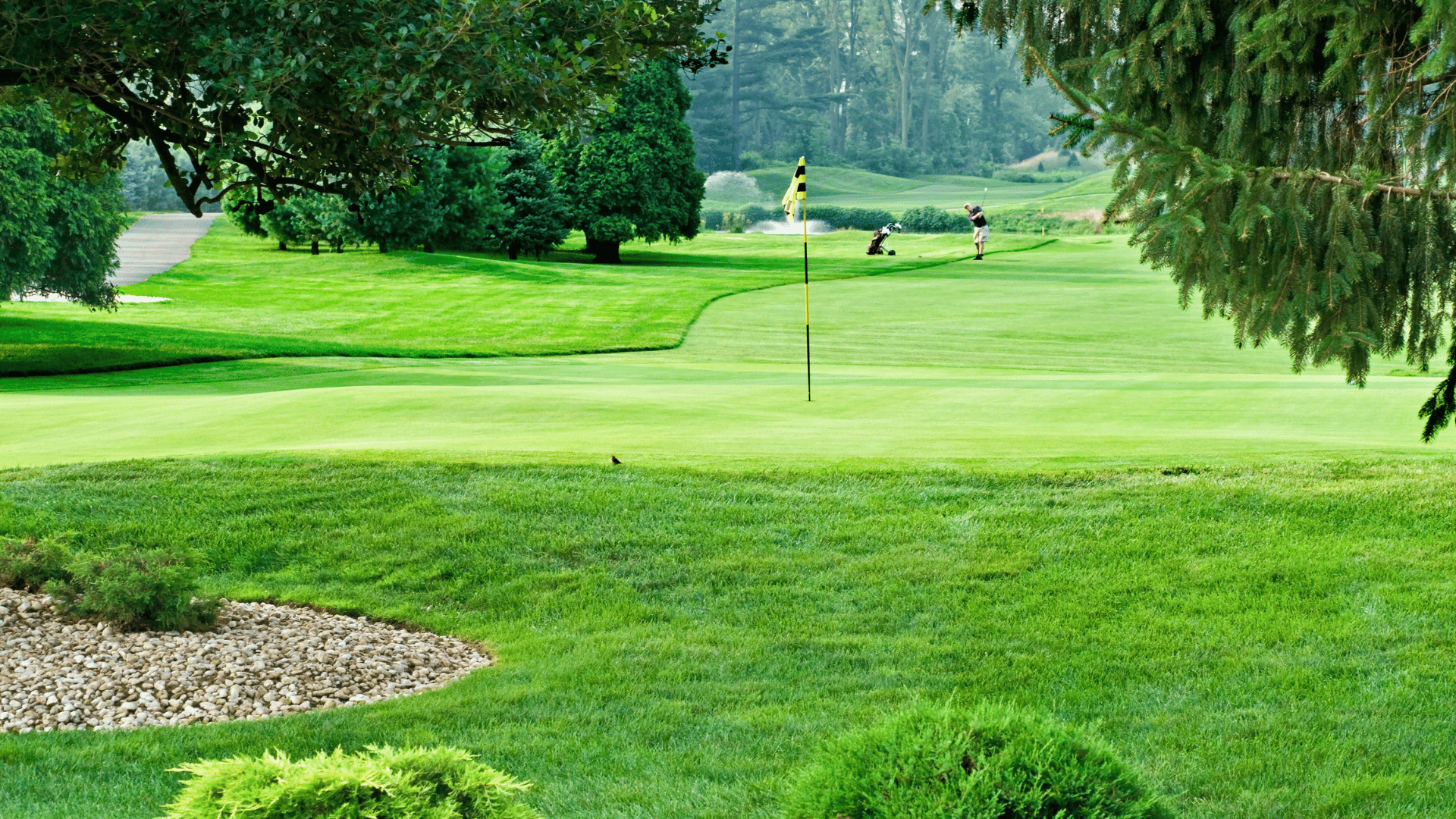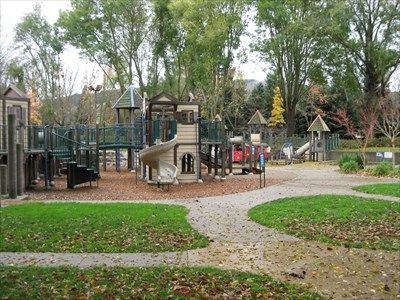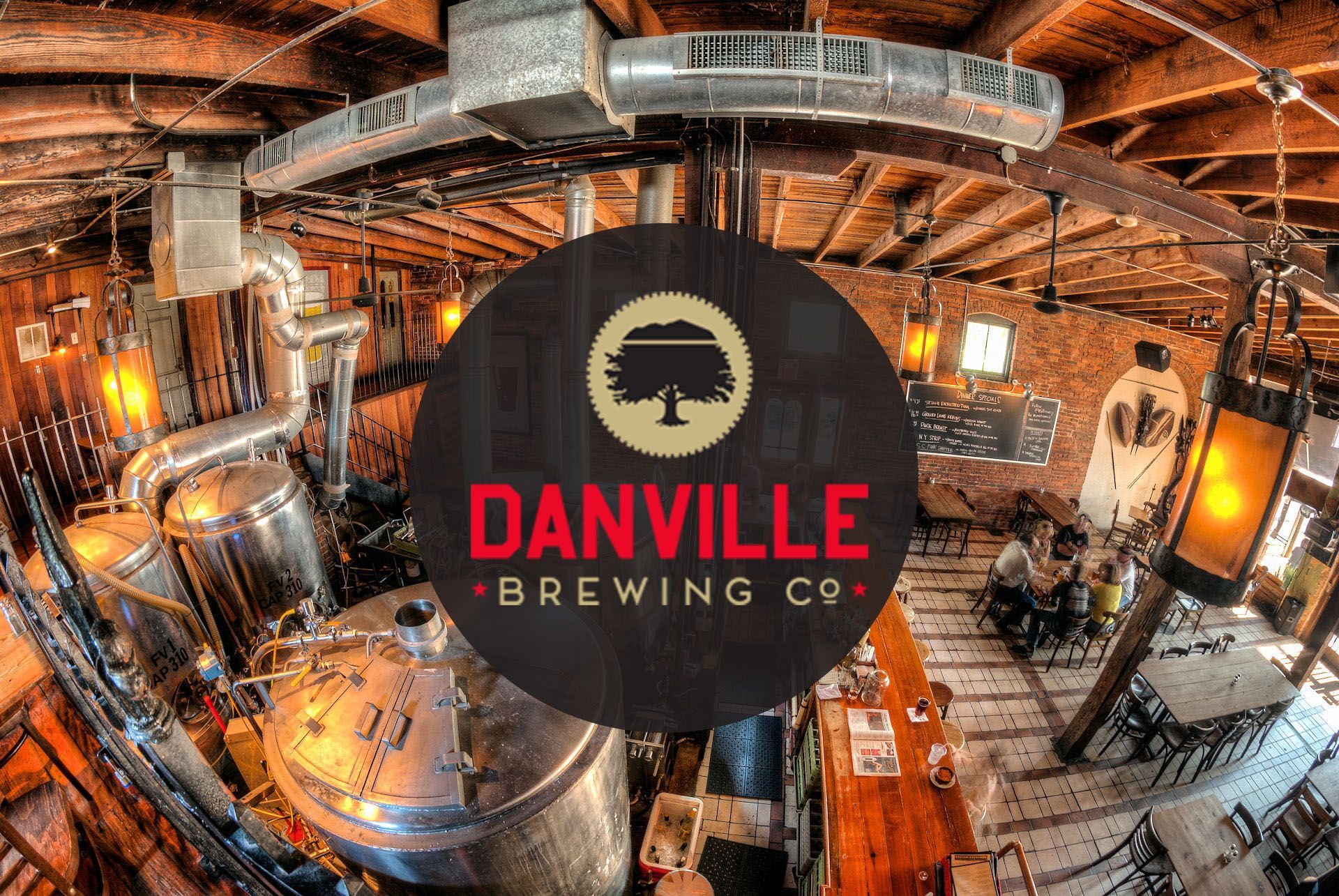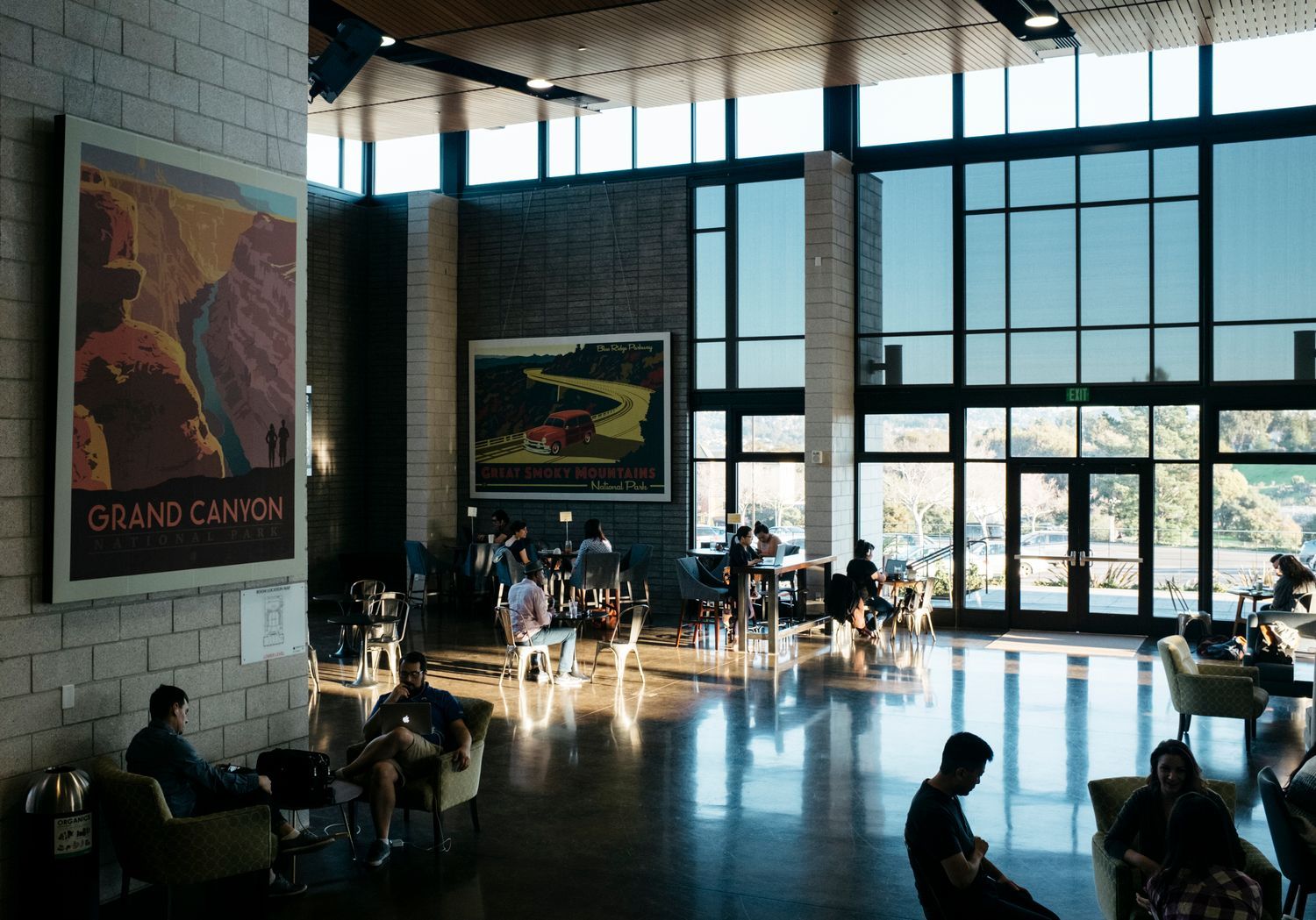Top 10 Considerations When Buying a House
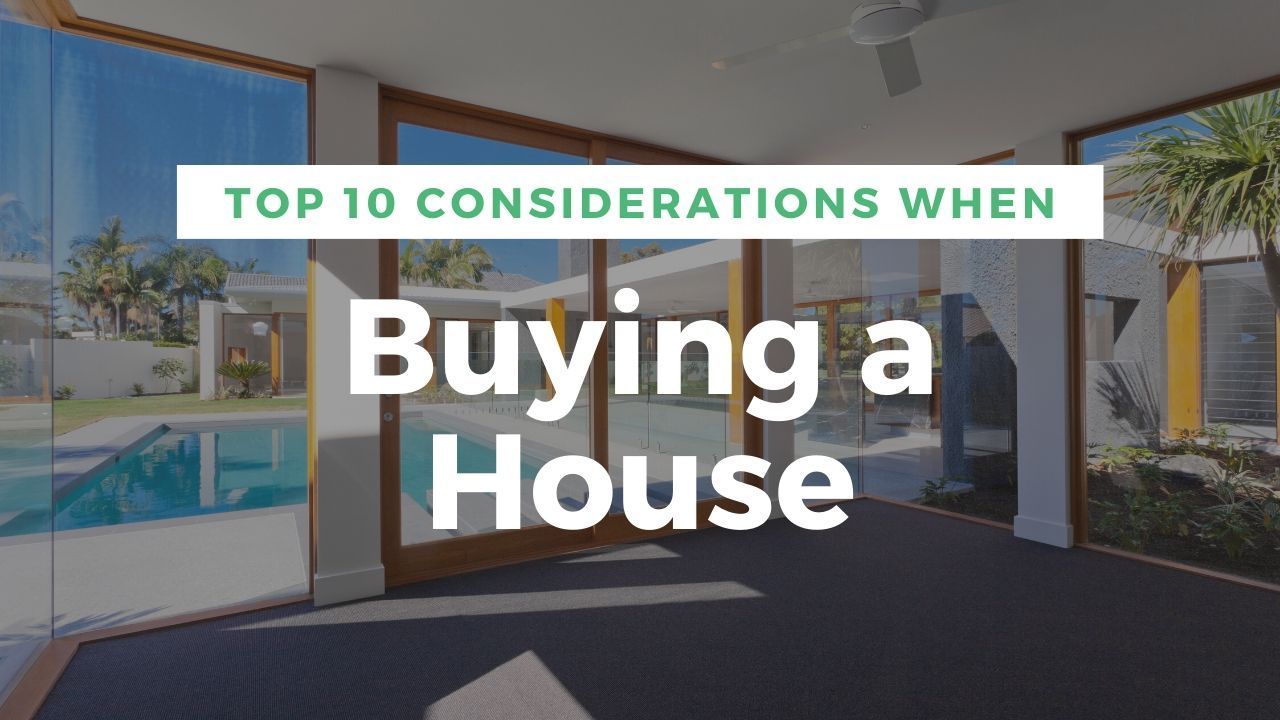
1. Location
There’s a very good reason that the word “location” is repeated three times when given as a selection criteria. It’s that important, not just to your enjoyment of the home but what it will mean when it comes time to sell it.
The house may be ugly, the yard may look like a desert, but if it is in a really nice neighborhood, close to things that people value, then you definitely should give it a hard look. A great location will remain an asset no matter what the real estate market does in the future. You can make an ugly house attractive but you can’t make a bad location great.
2. The school district
If you have school-age children then you will obviously be concerned about what school district the house is in. But even if you don’t have kids at home, having a home in a desirable school district will pay off when it comes time to put your home on the market.
Parents want their kids to go to a good school and that can drive up prices of homes in those districts. Even though you might end up paying a bit more for a house in a good school district, be assured you will get it back – and more – when you list your home for resale. Once you move in, don’t ignore the schools. Stay in touch with how they are doing because it’s in your best interest that they maintain their lofty standards.
3. Position on the lot
A house doesn’t exist in space. It is surrounded by trees, other homes and terrain. This can affect the desirability, both for you and a future buyer. For example, what is the set-back from the property lines? A large set-back will give a feeling of spaciousness. A short set-back could mean your living room looks into your neighbor’s bedroom.
Topography is also very important. Ideally, the house should sit at the highest point of the surrounding area for good drainage. If the house sits below grade, you could be looking at a wet basement, if not immediately then in the future.
If you are considering a condo, a first floor unit may be more desirable than one on the sixth floor. An end unit townhouse is more desirable than an interior unit.
4. Crime
A great house at a bargain asking price could mean it lies in a high crime area. Before you get too involved in the home-buying process, check out the crime stats in the neighborhood. A lot of this information is online, meaning you don’t have to pore through police reports. Websites, like MyLocalCrime.com, can provide a snapshot of recent crime activity reported in the vicinity of the home you are considering.
Don’t be surprised if you see more crime than you expect. Crime is everywhere these days and a several reports of petty crime, like theft, may mean that people in the neighborhood are vigilant about reporting it.
5. Walkability
People like to be able to walk to a destination now and then, even if it is just to a nearby park or a corner drug store. One thing to look for are sidewalks in the neighborhood. Many newer housing developments don’t have them but most neighborhoods developed before the 1970s do.
Sidewalks encourage people to be out and about in the neighborhood, a key factor in discouraging crime. It’s increasingly an important consideration for home buyers and Zillow even has a Walk Score for most homes.
6. Neighborhood’s character
What’s the neighborhood like? It’s an important question you should answer before getting serious about a home. If you prefer quiet evening at home and the neighbors have loud parties on weekends, you might want to keep looking. And if you like to party on the weekend but the neighbors look like they hit the sack at 9 p.m. most nights, you might not fit in.
Visit the neighborhood at different times of the day and night and, if possible, try to meet some of the neighbors.
7. Don’t buy the best house on the block
Generally speaking, it’s much better to buy the worst house in the neighborhood than the best. The worst can only go up in value but the best is as good as it’s going to get. If you buy the worst house, you can improve it and add value to what you have derived from being in a great neighborhood.
8. Understand what you are buying
You can get a great deal on a “handyman special” but if you aren’t aware that is what you are getting, you could be in for a nasty surprise. Today, with home inspections being standard operating procedure, it’s harder to get blindsided this way.
If the listing states the property is to be sold “as is,” it usually means repairs will be required and the seller isn’t making them. If you aren’t willing to take on a project, it’s best to keep looking.
9. Long-term value
Despite your negotiating skills, you are probably going to pay the market value for the home that you buy. You need to think about ways you can add some value. If market conditions change and you need to sell, you want to be sure than you can at least recoup your investment.
10. Taxes, dues and fees
After you purchase a home, there are still costs involved in owning it – costs above and beyond normal maintenance. If you are in a community with a homeowners association, there will be an assessment. It could be a small annual fee for a single family home but keep in mind condo fees are usually monthly, and can be quite high.
You could pay a little more for a single family home and still save money over a condo because you would not be paying a fee that can be every bit as much as the taxes.
Taxes are another cost many people tend to overlook. If you are looking for a home in a city, keep in mind the taxes may be significantly lower if you bought just across the city boundary in a neighboring jurisdiction.

Cathy Brent
The Cathy Brent Team is passionate about Real Estate and the people and communities they serve. Cathy and team pride themselves on their reputation for outstanding customer service and are grateful for the repeat and referral business they attribute to their many satisfied customers. With over 30+ years in the industry, Cathy is a Top Producer year after year, proving that she knows best how to sell your home for the highest price possible in the shortest amount of time. Just this past 2019, The Cathy Brent Team was awarded the Diamond Chairman’s award – Berkshire Hathaway Home Services Drysdale’s #1 Top Producing Team and sold over $48,000,000. You and your home come first when you work with the best.
LATEST VIDEOS




